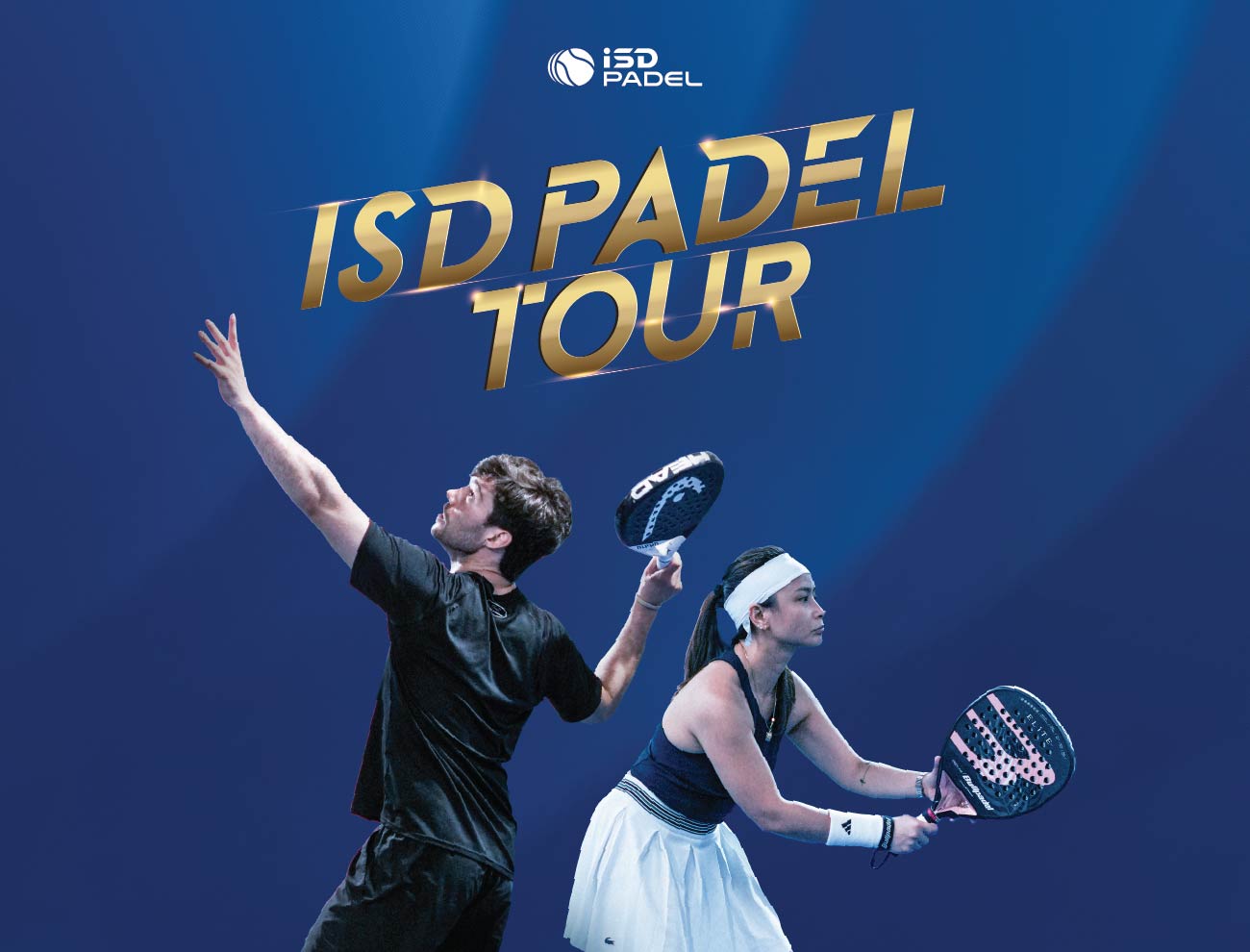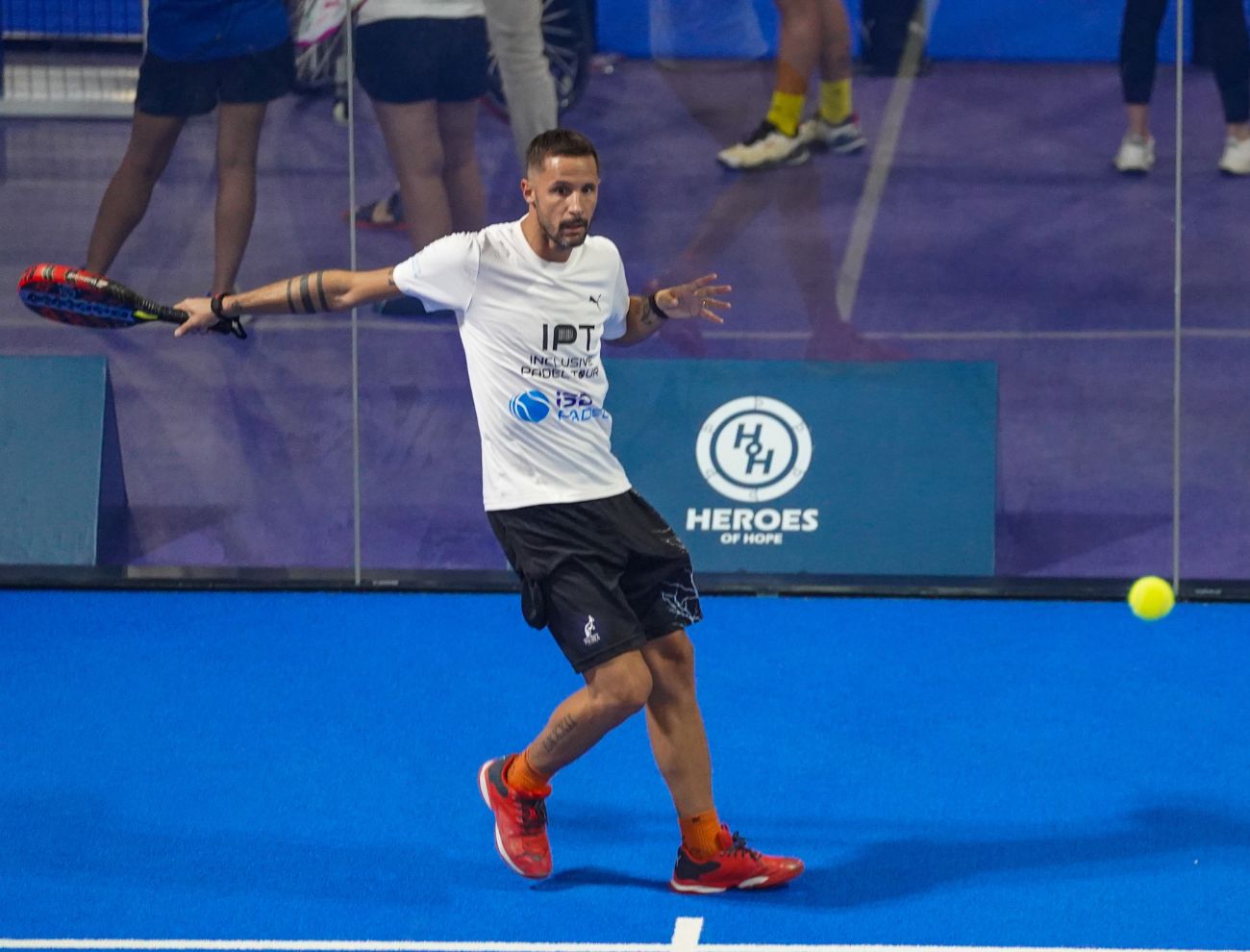
The Unique Dynamics of Padel: Understanding the Court and Equipment
Padel is a dynamic and fast-growing racket sport that combines elements of tennis and squash. Played in doubles on an enclosed court, it offers a unique blend of strategy, skill, and athleticism. The distinctive features of the padel court and specialized equipment contribute to the game’s unique dynamics. In this blog, we will analyze the unique aspects of the padel court, including its smaller size and enclosed walls, and how specialized equipment like rackets and balls influence gameplay.
The Padel Court: Smaller and Enclosed
The padel court is significantly different from a traditional tennis court. It is smaller in size and features enclosed walls, which add a unique dimension to the game.
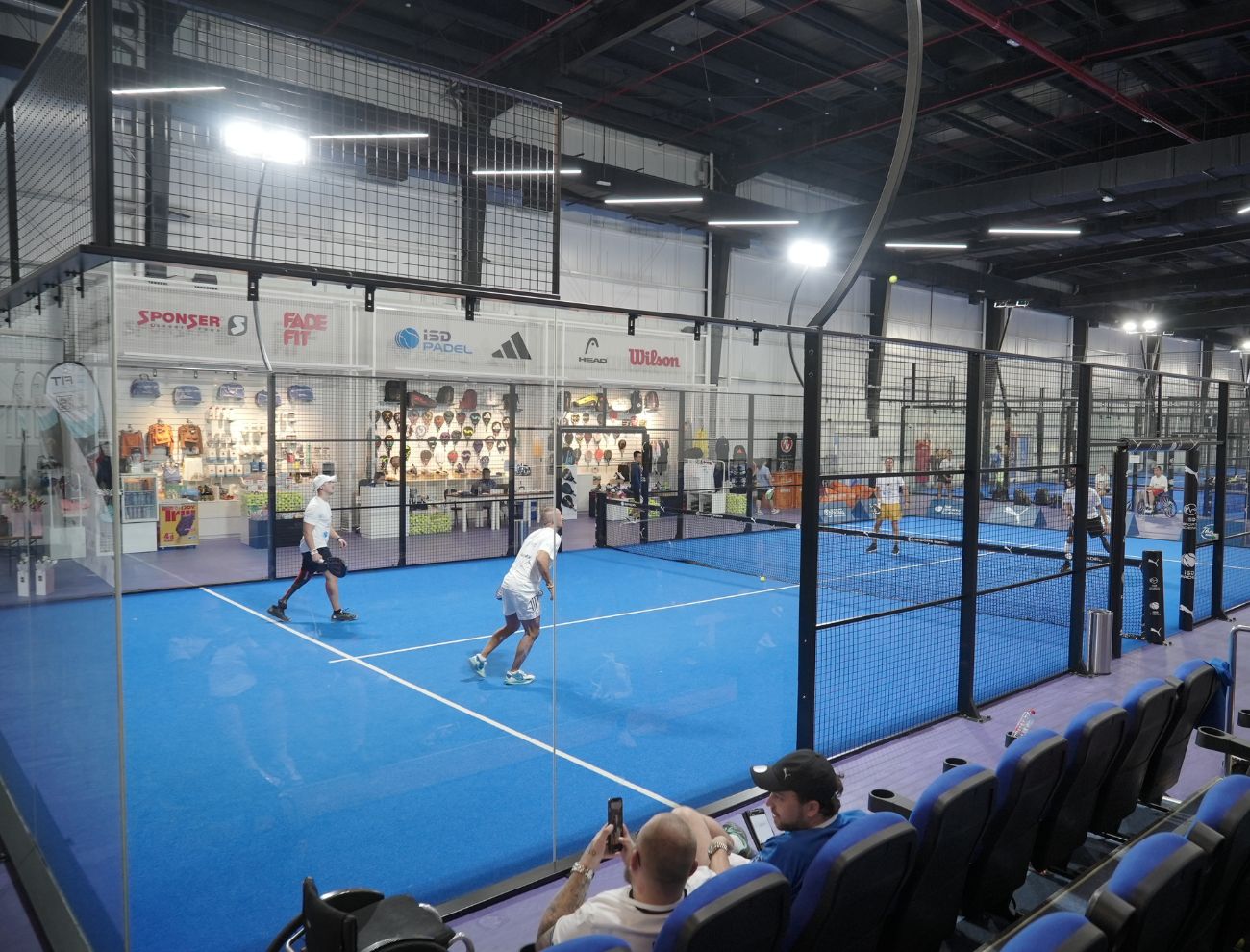
Court Dimensions and Layout
A standard padel court measures 20 meters in length and 10 meters in width, about one-third the size of a tennis court. This smaller size means players are always close to the action, making quick reflexes and agility essential. The court is divided into two halves by a net that stands at a height of 88 centimeters in the center and 92 centimeters at the sides.
Enclosed Walls
One of the most distinctive features of the padel court is its enclosed walls, which are made of glass and metal mesh. These walls are integral to the game, as the ball can be played off them in a similar way to squash. This adds an exciting element to the game, requiring players to develop strategies for using the walls to their advantage. According to the International Padel Federation, the walls are 3 meters high at the back and sides, with an additional 1 meter of metal mesh on top.
The Surface
The court surface can vary, but it is commonly made of artificial turf, concrete, or synthetic materials. The surface affects ball bounce and player movement, with artificial turf providing a slower game and more controlled bounces compared to concrete or synthetic surfaces.
Specialized Equipment
Padel is played with specialized equipment, including unique rackets and balls. These pieces of equipment are designed specifically for the dynamics of the game and significantly influence how it is played.
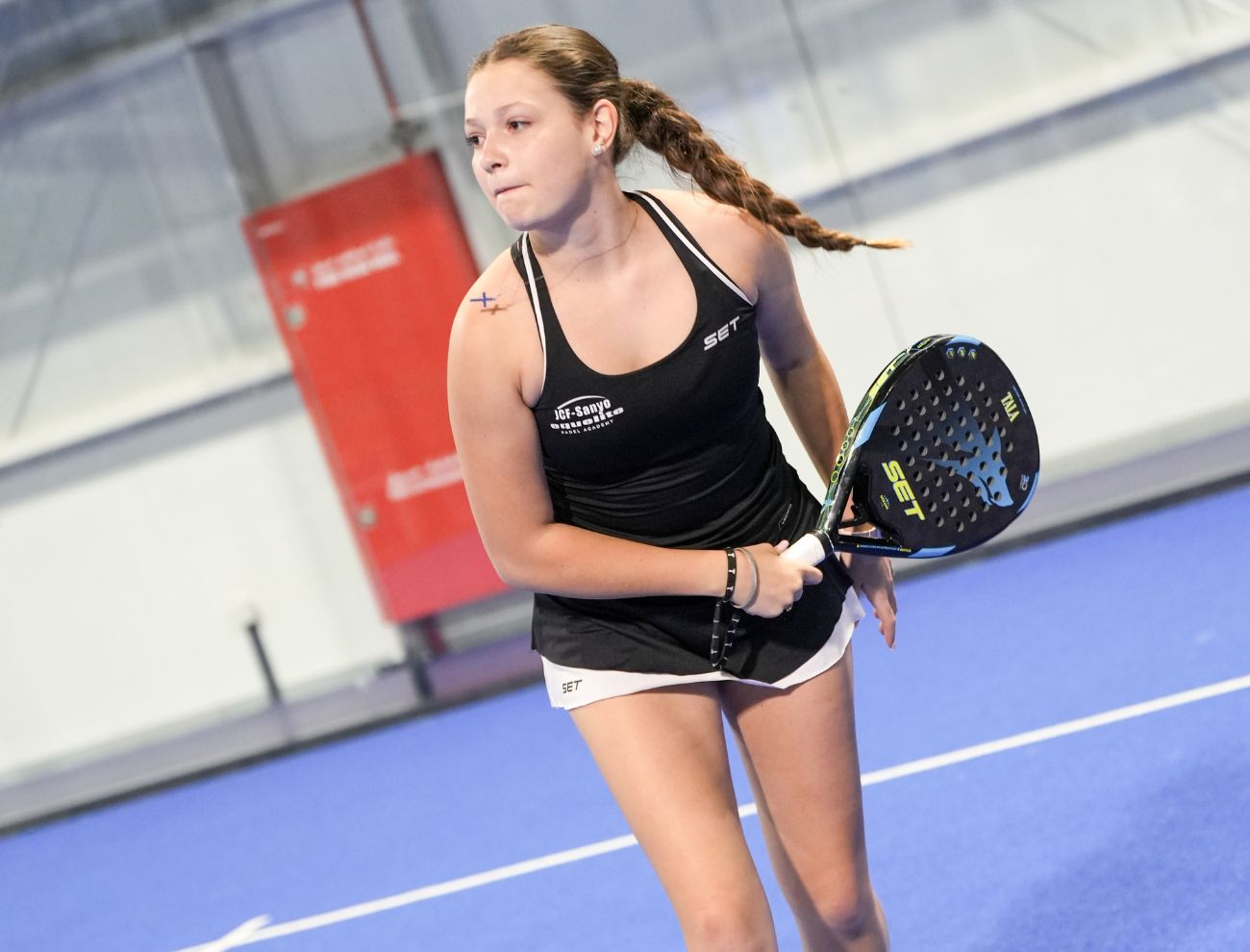
Padel Rackets
Padel rackets are different from tennis rackets and squash rackets in several key ways:
- Solid Construction: Unlike tennis rackets, which have strings, padel rackets are solid. They are typically made from composite materials like carbon fiber or fiberglass, which provide a good balance of power and control.
- Perforations: The racket face is perforated with holes, which reduce air resistance and make the racket easier to maneuver.
- Size and Shape: Padel rackets are smaller than tennis rackets, with a maximum length of 45.5 centimeters and a width of 26 centimeters. They come in various shapes, including round, teardrop, and diamond, each offering different balance points and play characteristics. Round rackets provide better control, teardrop rackets offer a balance between power and control, and diamond-shaped rackets maximize power.
- Weight: Padel rackets are generally lighter than tennis rackets, weighing between 340 to 370 grams. This lightness enhances maneuverability, allowing players to react quickly during fast-paced exchanges.
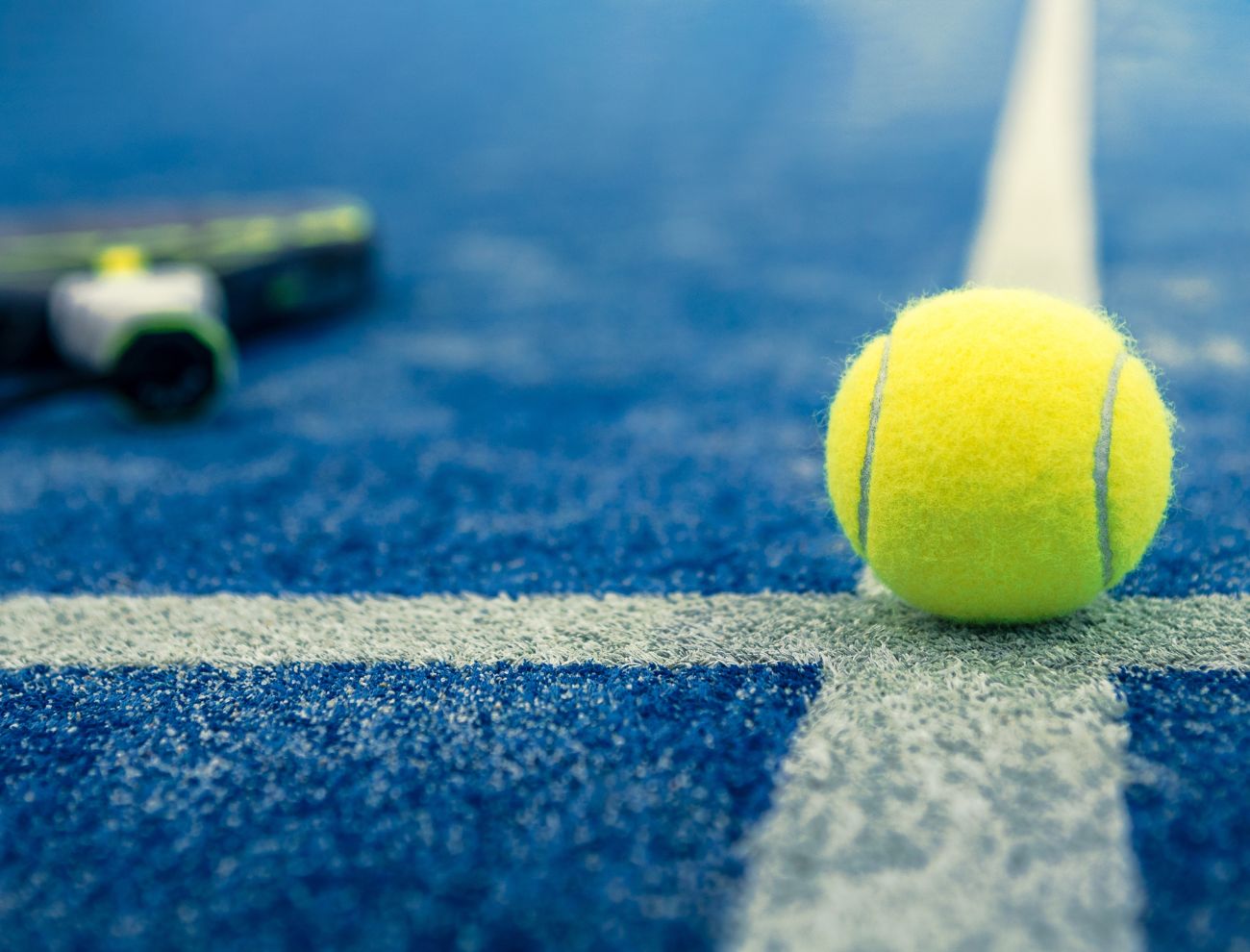
Padel Balls
Padel balls are similar to tennis balls but have some distinct differences:
- Pressure: Padel balls are slightly less pressurized than tennis balls, resulting in a lower bounce. This characteristic suits the smaller court size and the game’s pace, allowing for longer rallies and more strategic play.
- Size and Weight: The balls are slightly smaller than tennis balls, with a diameter of 6.35 to 6.77 centimeters and a weight of 56 to 59.4 grams. This size and weight make them easier to control and keep in play for longer periods.
Gameplay Dynamics
The unique characteristics of the padel court and equipment significantly influence gameplay. These dynamics create a fast-paced, strategic, and highly engaging sport.
Use of Walls
The enclosed walls are a key element in padel strategy. Players can use the walls to extend rallies, create angles, and execute tactical shots. For example, a player might hit the ball off the back wall to keep it in play or use the side walls to create unpredictable angles that challenge their opponents. This aspect of the game requires players to develop a good sense of spatial awareness and quick reflexes.

Strategic Play
The smaller court size and slower ball bounce emphasize strategy and placement over sheer power. Players need to work together as a team to control the court, positioning themselves effectively to cover angles and anticipate their opponents’ shots. According to a study published in the Journal of Sports Science and Medicine, successful padel players often excel in their ability to predict opponents’ moves and react swiftly, highlighting the importance of strategic thinking in the game.
Teamwork and Communication
Since padel is played in doubles, teamwork and communication are crucial. Players must coordinate their movements, call shots, and support each other throughout the match. Good communication can make the difference between winning and losing, as it helps players cover the court efficiently and execute combined strategies.
Fitness and Agility
The fast-paced nature of padel requires players to be agile and have excellent cardiovascular fitness. The game involves a lot of quick sprints, lateral movements, and rapid changes in direction. Regular fitness training, including agility drills and cardiovascular workouts, is essential for players to maintain peak performance.
Case Study: The Success of Fernando Belasteguín
Fernando Belasteguín, often referred to as “Bela,” is one of the most successful padel players in history. His mastery of the game’s unique dynamics has earned him numerous titles and a long-standing position at the top of the world rankings.
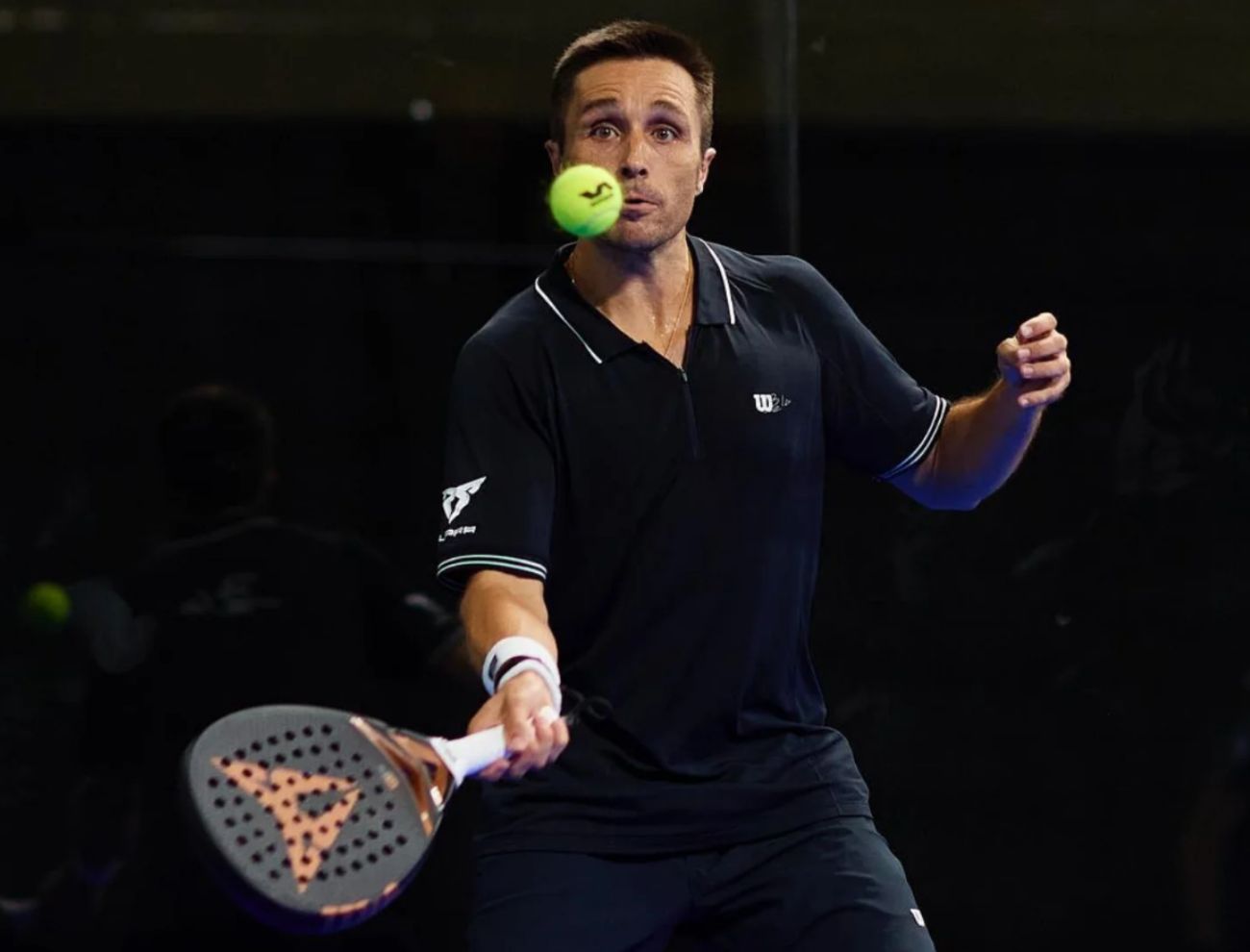
Understanding the Court
Bela’s success is partly due to his exceptional understanding of the padel court. He uses the walls effectively to create winning shots and extend rallies. His ability to anticipate the ball’s trajectory after it hits the walls gives him a strategic edge over his opponents.
Mastery of Equipment
Bela’s skill with the padel racket is another key factor in his success. He uses a racket that suits his play style, allowing him to combine power with precision. His ability to control the ball with finesse and accuracy sets him apart from other players.
Fitness and Agility
Bela’s fitness and agility are also crucial to his dominance in the sport. He maintains a rigorous training regimen that includes cardiovascular workouts, strength training, and agility drills. This high level of fitness allows him to sustain his performance throughout long and intense matches.
Conclusion
Padel is a unique and exciting sport that combines elements of tennis and squash. The distinct features of the padel court, including its smaller size and enclosed walls, create a dynamic and strategic game. Specialized equipment, such as solid rackets and low-pressure balls, further influence gameplay, emphasizing control and precision.
Understanding the unique dynamics of padel is essential for anyone looking to excel in the sport. Whether you are a beginner or an experienced player, mastering the use of the court, selecting the right equipment, and developing strategic and physical skills will enhance your performance and enjoyment of the game. As the popularity of padel continues to grow, so too will the appreciation for its unique characteristics and the skill required to master them.



